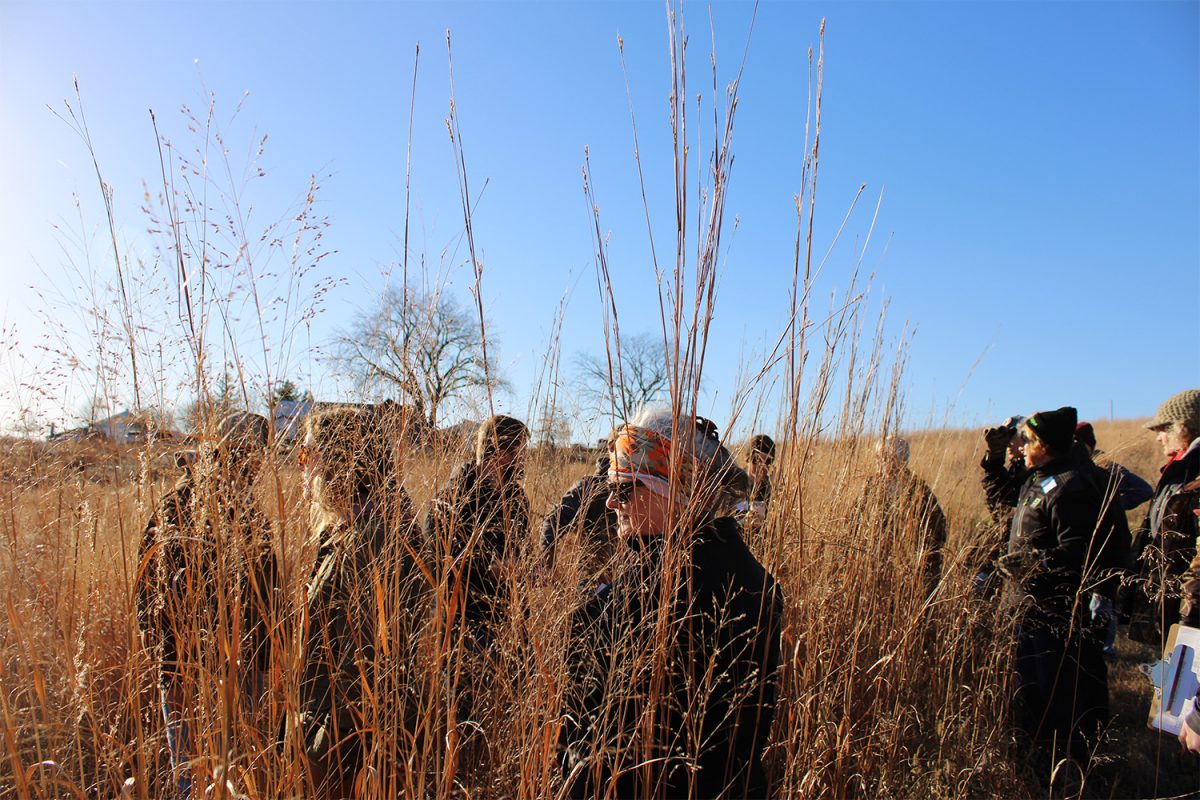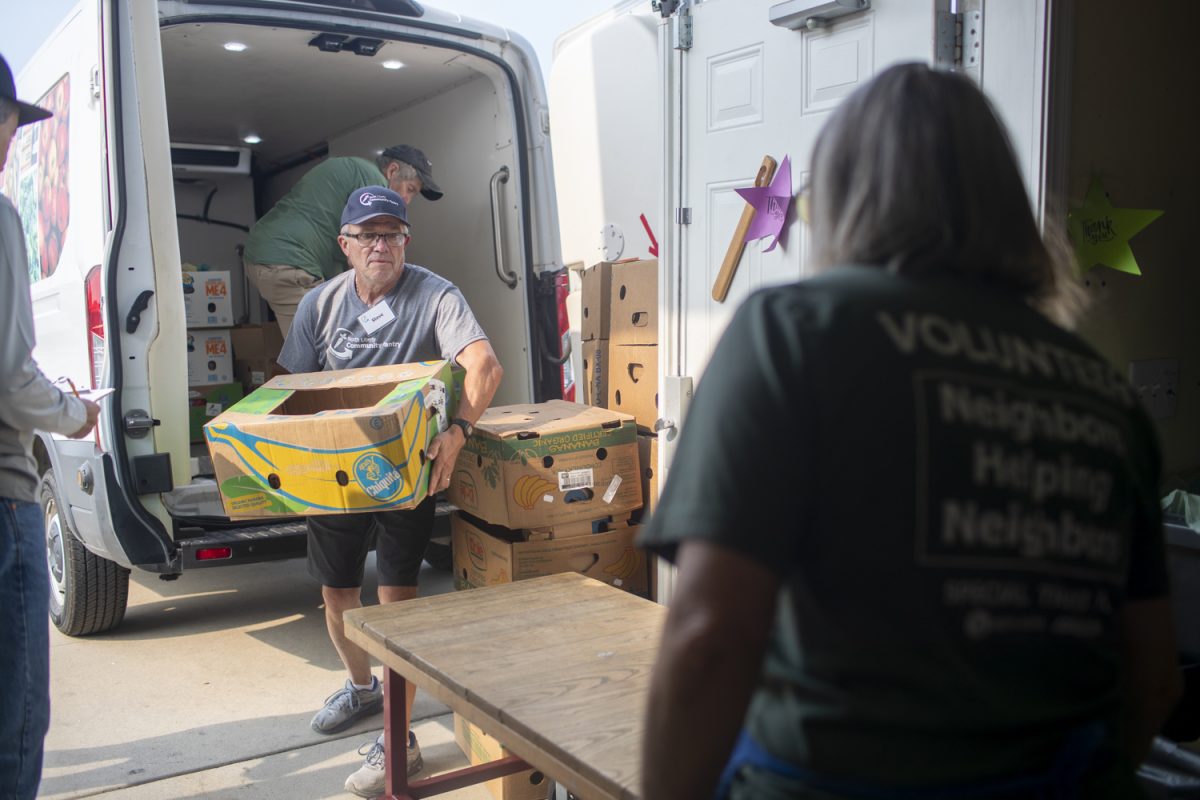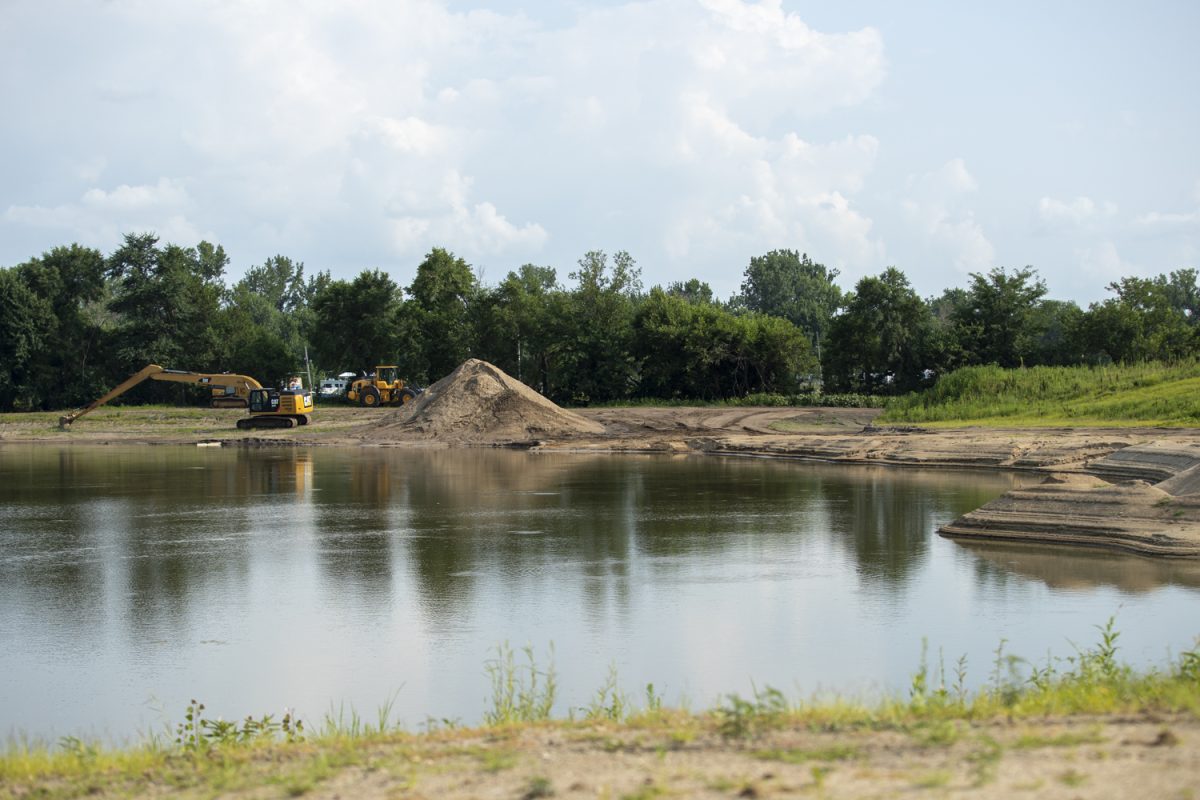Iowa women farmers and agricultural landowners voiced several stressors in their day-to-day lives centered around climate change concerns and working in a predominantly male-dominated profession in a recent national study.
According to the Journal of Rural Health, a random sample of nearly 600 Iowan women farmers expressed stressors including high workloads, time pressures, environmental concerns, drought, physical isolation, and others.
From an agricultural landowner perspective, Linda Shenk, an associate professor of English at Iowa State University, said a major stressor for women in particular is gender inequities.
Shenk said farming in the state of Iowa and nationally is relatively patriarchal. Oftentimes, women will be the agricultural landowners, but men will be the farmers on that land, Shenk said.
According to the 2017 Iowa Census of Agriculture, there are 45,786 farms in the state with female producers, out of 86,104 total individual farms.
“This creates a really interesting dynamic as women are trying to navigate a world where the farmer is considered the most important person — a farmer who is usually a man,” Shenk said.
Shenk said women often feel invisible or silenced, and they feel they do not know enough about a given topic or believe they have a say in what happens on their land.
For beginning farmers, Piper Wood, conference and communications manager of the Women, Food, and Agriculture Network, said one of the primary stressors is land access.
Wood said many individuals are looking to build their farm enterprise, and in the state of Iowa, the cost of land can be upward of $10,000 per acre. Iowa land per acre on average cost $11, 835 in 2023, the ISU Land Survey found.
“When you are only selling $3 bunches of carrots, getting even an acre of land takes a really long time for folks to fund,” Wood said.
Wood said there are additional costs that beginning farmers must account for, such as soil amendments or organic matter, infrastructure, water, electricity, and coolers that can further add to their financial burden.
Additionally, agricultural landowners often struggle with managing sustainability because they must work in a male-dominated field. As mothers, they must balance farming and taking care of their children, Wood said, whereas a man might not have to the same extent.
“Gender dynamics still rears its ugly head in just about every corner of the farming system,” Wood said.
Karley Larson, a feedlot manager in Underwood, Iowa, said she often works alongside men and feels the stress of working in a male-dominated field.
“I try to always keep a positive attitude and keep that at the forefront of my thought process,” Larson said.
In Larson’s field of work, she manages cattle by feeding and monitoring cattle as well as organizing and tagging baby cattle.
During harvest season, Larson said she worries about how things will progress in the years to come due to climate change but tries to stay positive.
“I am adapting to it, and knowing that everyone else is going through the same thing is helpful,” Larson said.
These stressors can also affect women landowner’s farming practices as well.
Shenk said many women won’t take the extra step to implement a more regenerative, rehabilitation approach, such as improving water cycles and increasing resilience to climate change, to farming and sustainable practices for fear of “rocking the boat.”
“They don’t want to bring up things with their tenant who may not agree with them. It is a very vulnerable situation,” Shenk said.
Shenk said the implementation of many of these sustainable practices can take several years before the benefits are fully seen, therefore more agricultural landowners are less likely to take the risk.
“This hugely impacts farming practices because of the investment it takes to have practices that are particularly good for the land,” Shenk said.
Wood said many women agricultural landowners have shared their experiences in learning circles that the Women Food and Agriculture Network provides, including the pressures of keeping their farm profitable and getting their kids to school, amounting to a lot of unseen stress.
“Farming is a very isolating practice and career because many folks are not surrounded by a bunch of staff and are the sole farmer on their land,” Wood said.
Being in a rural setting adds to this stress, Wood said, and many have to make tough decisions as they are beginning the farming process.
“It can be a very hard place to be, especially with the gender dynamics that begin so often slanted against women farmers and agricultural landowners as well as beginning farmers,” Wood said.
Wood and Shenk have since developed a learning circle about climate resilience to support women as they work to adapt to climate change in addition to other types of stress.
Shenk said due to the unpredictability of the climate, problems arise with crops growing too quickly or potentially washing away what is already in the fields due to spring rains, adding to the uncertainty that comes with farming due to climate change.
“Climate change is exacerbating the stresses and that is what we want to address in the learning circle,” Shenk said.
Wood said the learning circle creates a space for female agricultural landowners to communicate and connect with one another.
RELATED: Female farmers hope for more women in industry
“Not all their problems are the same, but their problems are more similar than what they may have thought,” Wood said.
Wood said she has heard from other female farmers who worry about the ongoing drought and how it affects row crops like sunflowers and potatoes, perennial crops like strawberries and apples, horticulture, and pasture quality, among many others.
Additionally, climate grief, a phenomenon exacerbated by working in isolation with the stressors of climate change, is another particular stress for women agricultural landowners and farmers, Wood said.
“These learning circles help remind people that they are not alone in their problems,” Wood said.
Additionally, the new Women in Agriculture Act, introduced in June 2023, aims to support women in farming and is a part of the larger federal Farm Bill.
Wood said the act is a bipartisan bill that looks to find and create research and development funding for women’s specific needs in agriculture.
“We are coming to a national understanding of women farm worker rights and the scope of what women in farming need and that is really valuable,” Wood said.














